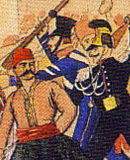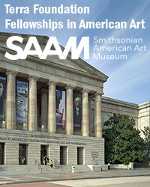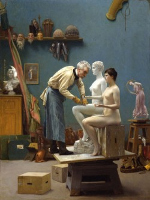X
Please wait for the PDF.
The browser will either open the file, download it, or display a dialog.
The browser will either open the file, download it, or display a dialog.
This essay considers the uses and transformation of the classical aesthetic in the context of competing imperialist cultural strategies in the Mediterranean deployed by Europe's most powerful nations, France, Germany and England. Concentrating on the surge of foreign archaeological activity in liberated Greece, it traces the symbolic meaning of classicism and its opposite, ethnographic naturalism, in the construction of diverse national identities.
In 1860, French and British forces looted the enormous imperial palace of Yuanming Yuan outside Beijing, a process that revealed a range of attitudes and value systems among both the looters and the cultural agents receiving the stolen art objects in Europe. The author explores Empress Eugénie’s display of looted works at the palace of Fontainebleau, arguing that the display nostalgically echoed eighteenth-century politics and taste.
Between 1893 and 1898, Fernand Cormon created a decorative program depicting prehistoric animals, the beginnings of human industries, and the development of humanity from the Paleolithic to the Iron Age for the National Museum of Natural History in Paris. Directly influenced by the Museum’s collections and the comparative and evolutive manner in which they were displayed, Cormon actively sought to offer a didactic narrative about progress.
Using a case study approach, this article examines nineteenth-century baby-in-a-half-shell grave markers from multiple points of view. The author argues that the image appealed to a diverse audience by combining popular culture from the Victorian American cult of the child with an artistic pedigree tracing back to ancient Rome.
Though nineteenth-century public sculpture is typically thought of as a male domain, women have made sculptures for public urban spaces from the eighteenth century on. The author explores the presence of public and semi-public sculpture by women in Paris, London, and Brussels over the course of the long nineteenth century.












